Navigating Life’s Challenges Together Through Family Therapy
A family is a living, breathing system. Like any intricate system, it can sometimes fall out of balance, its gears grinding with friction, its communication lines tangled. When conflict becomes the norm, when silence feels heavier than words, or when a crisis strikes, it can feel like the very foundation of your world is shaking. This is where the journey of healing can begin, not by singling out one person to blame, but by coming together to understand the whole picture.
Family therapy offers a path forward. It’s a unique and powerful approach that views the family unit itself as the client. It’s not about finding a scapegoat or proving who is right or wrong. Instead, it is a collaborative process designed to untangle knots of miscommunication, heal old wounds, and build a new foundation of understanding, respect, and connection. It is about learning to navigate life’s inevitable challenges, not as individuals in opposition, but as a united team.

What Exactly Is Family Group Therapy?
It is a specialized form of psychotherapy that addresses the behaviours of all family members and the way these behaviours affect not only individual family members but also the relationships within the family and the family unit as a whole. Instead of focusing on one person’s internal struggles, it shines a light on the interactions, dynamics, and patterns that create the family’s unique environment.
The core belief is that problems do not exist in a vacuum. A child’s behaviour, a parent’s stress, or a couple’s conflict are all interconnected with the wider family system. Therefore, the most effective way to create lasting change is to work with the system itself. The goal is to improve communication, solve family problems, understand and handle special family situations, and create a better functioning home environment.
This approach represents a fundamental shift in perspective. While individual therapy zooms in on a single person’s thoughts and feelings, family therapy zooms out to see the entire relational landscape. It helps family members see how their actions, both intentional and unintentional, ripple outwards and impact everyone around them.

Why Would a Family Seek This Kind of Help?
Families seek therapy to navigate a wide range of challenges, from major life transitions and persistent conflicts to the impact of a member’s mental or physical illness, which disrupts the peace and harmony of the home. It is a resource for any family feeling stuck, overwhelmed, or disconnected.
Life is rarely a straight line, and families are constantly adapting to new circumstances. Sometimes, the tools a family has used to cope in the past are no longer sufficient for the challenges they face today. Therapy provides a structured, supportive environment to develop new, healthier strategies for moving forward together.

Can It Help with a Specific Mental Health Diagnosis?
Yes, family therapy is highly effective when one member has a mental health condition such as depression, an eating disorder, anxiety, or a substance use disorder. The family environment can either support or hinder an individual’s path to recovery.
When one person is struggling, the entire family is affected. They may feel confused, frightened, or unsure how to help. A therapist can educate the family about the specific diagnosis, helping them understand what their loved one is experiencing.
More importantly, therapy helps the family identify and change interaction patterns that may be unintentionally contributing to the problem. It equips them with the tools to become a powerful, positive force for healing, fostering an environment of support and compassion that is crucial for long-term recovery.

What About Behavioural Issues in Children or Teens?
Absolutely, it is a primary and highly recommended approach for addressing behavioural problems in younger family members. A child’s or adolescent’s difficult behaviour is often a symptom of underlying stress or imbalance within the family system.
A child acting out, struggling at school, or withdrawing from the family may be communicating distress that they cannot put into words. Family therapy provides a space to decode this behaviour. It looks beyond the surface-level issue to explore the family dynamics that may be contributing to it.
The therapist works with parents to understand the function of the behaviour and helps them develop more effective parenting strategies. It also gives the child a voice, allowing them to express their feelings and needs in a safe and constructive way, ultimately strengthening the parent-child bond.

Does It Address Major Life Changes?
Yes, therapy provides a structured and supportive space to process significant life events like divorce, separation, remarriage, blending families, or the profound grief following the loss of a loved one. These transitions can shake a family to its core.
Such events change the very structure of a family, forcing everyone to adapt to new roles, relationships, and realities. Communication can break down as each person grapples with their own complex emotions. Family therapy acts as a stabilizing force during these turbulent times.
It helps family members talk about their fears, sorrows, and hopes in a way that promotes mutual understanding rather than conflict. The therapist guides the family in grieving what was lost and in building a new sense of normal, ensuring that the family unit can adapt and remain resilient.

Can It Improve General Communication and Conflict?
Yes, improving communication and resolving conflict are two of the most fundamental goals of family therapy. Many families find themselves stuck in predictable, negative cycles of interaction that they cannot seem to escape on their own.
These patterns might include constant arguing, the silent treatment, passive-aggression, or a dynamic where some members feel consistently unheard. Over time, these cycles erode trust and intimacy, leaving everyone feeling frustrated and isolated.
A family therapist is trained to spot these destructive patterns from a neutral, outside perspective. They can interrupt the cycle and teach the family new, healthier ways to communicate. This includes skills like active listening, expressing needs clearly and respectfully, and collaborating on solutions, transforming the family’s approach to conflict from a battle to be won into a problem to be solved together.

What Happens During a Family Therapy Session?
A typical session involves the therapist facilitating a conversation with some or all family members to explore thoughts, feelings, and relationship dynamics in a safe and structured environment. The session is a dedicated time for the family to focus on itself without the distractions of daily life.
The therapist guides the conversation, ensuring that it remains productive and that everyone who wishes to speak has the opportunity to be heard. It is not an uncontrolled argument, it is a purposeful exploration. The goal is to move beyond blame and toward a shared understanding of the issues at hand.

Who Should Attend the Sessions?
The therapist will work with the family to determine who should attend each session, which can include the entire immediate family, specific subgroups like parents or siblings, or even individuals at times. The composition of the session is flexible and is tailored to the therapeutic goals.
In some cases, it is vital for everyone to be in the room to observe the family’s full dynamic. In other situations, it might be more productive to work with the parents on their co-parenting strategies, or with siblings to resolve a specific conflict. Sometimes, extended family members like grandparents might be invited if their involvement is central to the issue. This strategic decision is a key part of the therapeutic process.
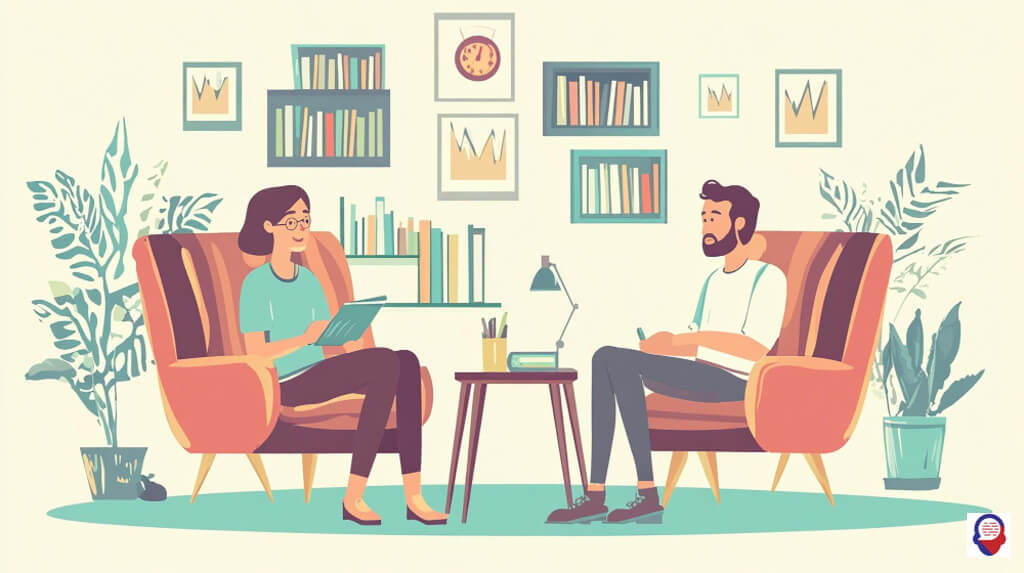
What Is the Therapist’s Role?
The therapist acts as a neutral facilitator, guide, and educator, not as a judge, referee, or someone who takes sides. Their primary allegiance is to the health and well-being of the entire family system.
Their role is to create a safe emotional space where difficult conversations can happen. They observe the family’s communication patterns, both verbal and non-verbal, and ask insightful questions that encourage reflection and new perspectives. They challenge unhelpful beliefs, introduce new skills, and empower the family to find its own solutions. The therapist doesn’t have the answers, they help the family discover them.

What Kinds of Activities Might We Do?
While the core of most sessions is conversation, therapists may also use specific activities and exercises to help reveal family dynamics and allow members to practice new skills in the moment. These tools can make abstract concepts feel more concrete and accessible.
For example, a therapist might ask the family to create a genogram, which is a kind of family tree that maps out relationships and significant life events across several generations. This can reveal powerful intergenerational patterns. Other activities could include role-playing a difficult conversation to practice new communication techniques or physically arranging people in the room to represent their emotional closeness or distance.

What Are the Different Approaches to Family Therapy?
Therapists use several established theoretical models, each with a unique lens for understanding and helping families, and they will often blend different approaches to best fit a family’s specific situation and needs. There is no single "right" way, as every family is unique.
These different models provide a framework for the therapist to organize their thinking and interventions. While the family may not even be aware of the specific model being used, its principles guide the therapist in asking certain types of questions and focusing on particular aspects of the family’s life.
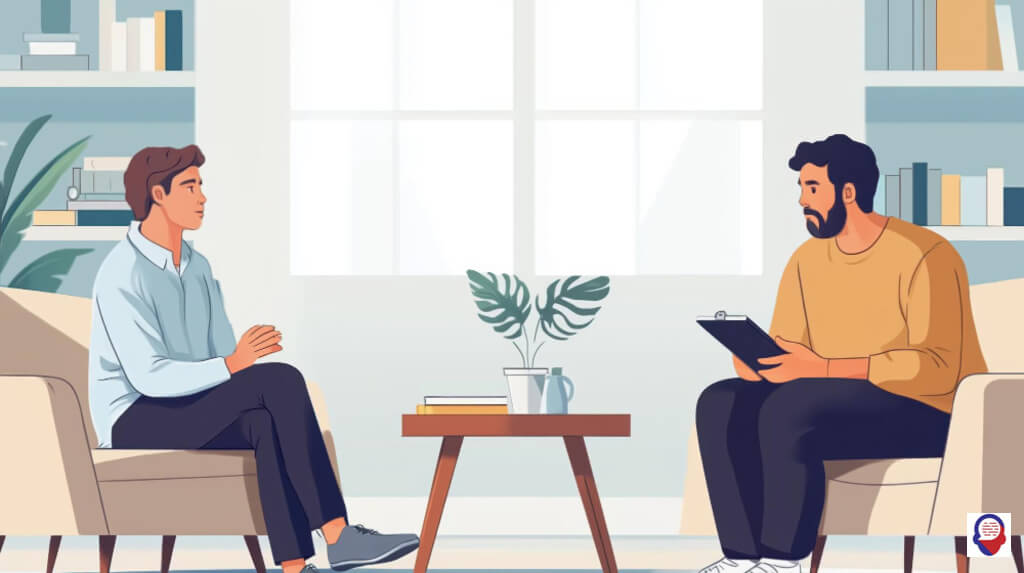
What Is Structural Family Therapy?
This approach, developed by Salvador Minuchin, focuses on the family’s internal structure, including its rules, boundaries, and hierarchies. The therapist examines the subsystems within the family, such as the parental subsystem (the parents as a team) and the sibling subsystem.
A structural therapist believes that problems arise when the family structure is unhealthy, for instance, if boundaries are too rigid (leading to isolation) or too diffuse (leading to enmeshment and a lack of autonomy). The therapist actively joins the family system to observe these dynamics firsthand and then helps them restructure their relationships into a healthier, more functional arrangement with clear boundaries and effective parental leadership.
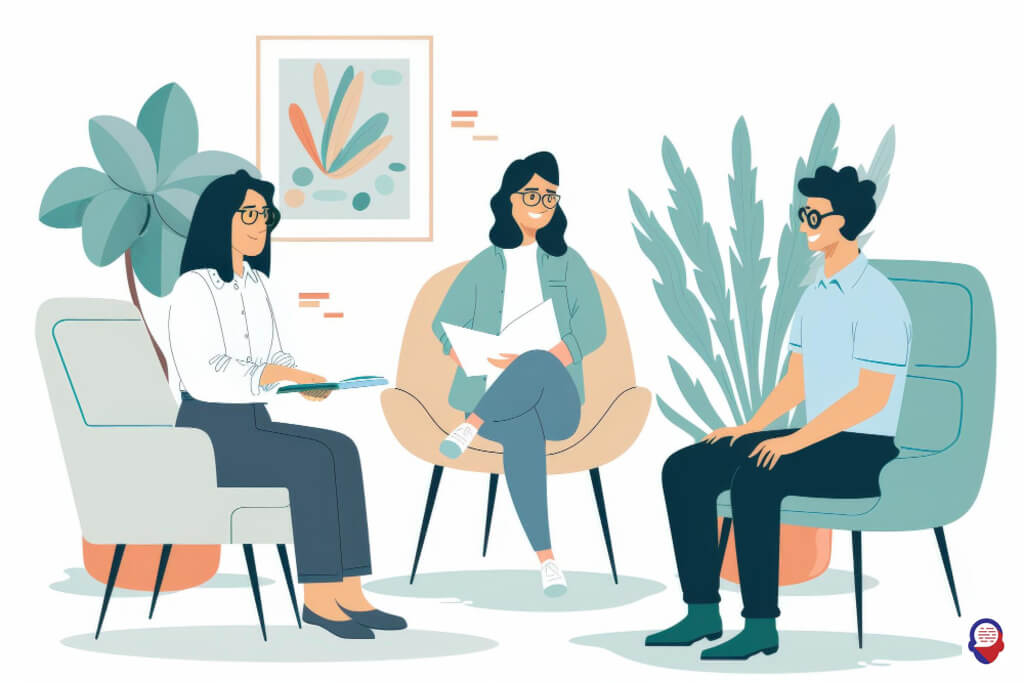
What Is Strategic Family Therapy?
Strategic therapy is a more directive, problem-solving approach that is typically shorter in duration. It is less concerned with the history of a problem and more focused on interrupting and changing the specific, repetitive sequences of behaviour that maintain it.
The therapist takes a very active role, identifying the problematic cycle and designing specific interventions or "homework" assignments for the family to carry out between sessions. These tasks are designed to disrupt the old, unhelpful pattern and force the family to interact in a new way. The goal is to create a rapid change in behaviour, which in turn leads to a change in feelings and perceptions.

What Is Systemic or Milan Family Therapy?
This model views the family as an interconnected system where problems are a result of ingrained, often unspoken, patterns of belief and interaction. It suggests that a "symptom" in one person often serves a purpose for the entire family system, helping it maintain a state of balance, even if that balance is dysfunctional.
A systemic therapist is less directive and acts more like a curious explorer. They use a technique called "circular questioning" to help family members see the situation from each other’s perspectives and to understand how their behaviours are interconnected. The goal is not to "fix" the family, but to introduce new information and perspectives that allow the family system to reorganize itself in a healthier way.
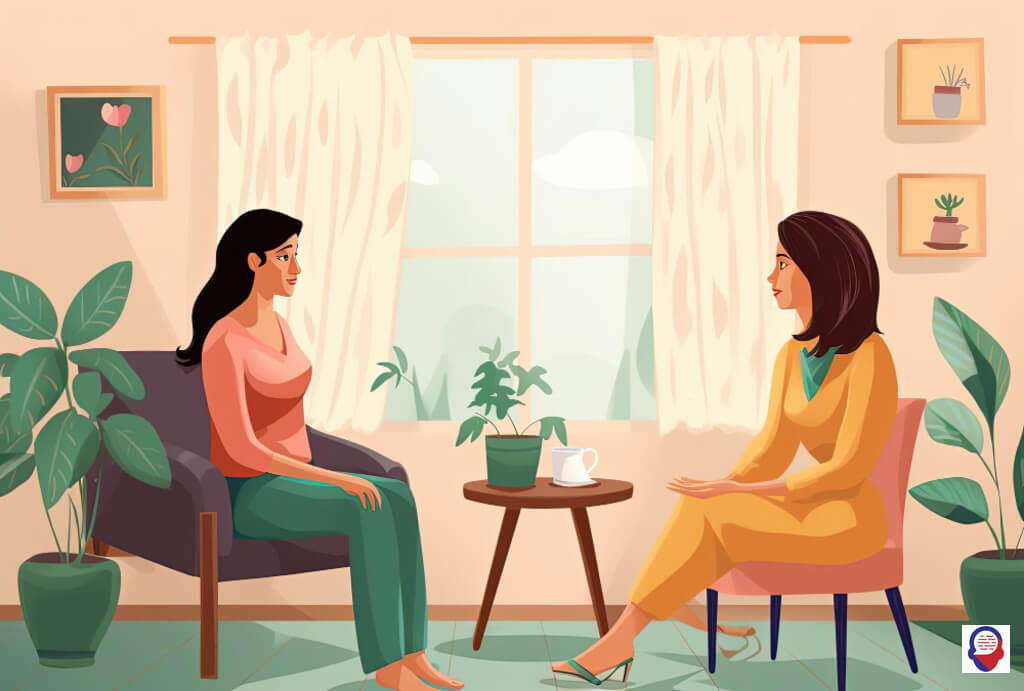
What Is Narrative Family Therapy?
Narrative therapy is founded on the idea that our identities and lives are shaped by the stories we tell about ourselves. When a family is in distress, they are often living under the influence of a "problem-saturated" story that defines them by their failures and conflicts.
The therapist helps the family to deconstruct this negative story and to separate their identities from the problem. They work collaboratively to uncover and highlight forgotten moments of strength, resilience, and success. The ultimate goal is for the family to co-author a new, more empowering narrative for their life together, one that focuses on their values, skills, and hopes for the future.

How Can We Get the Most Out of Family Therapy?
Maximizing the significant benefits of therapy involves active and honest participation from everyone involved, maintaining an open mind to new ideas, and making a genuine commitment to practicing new skills outside of the therapy sessions. Therapy is not a passive experience, it is an active partnership.
The progress a family makes is directly proportional to the effort they invest. The therapist is a guide, but the family members are the ones who must walk the path. Showing up consistently, both physically and emotionally, is the first and most critical step toward meaningful change.

Is It Important to Be Honest?
Yes, honesty and a willingness to be vulnerable are absolutely crucial for progress, even and especially when it feels uncomfortable or difficult. The therapy room is designed to be a safe and confidential container for these truths.
A therapist can only work with the information they are given. Hiding feelings, sugarcoating conflicts, or withholding important details prevents the therapist from understanding the true dynamics at play. True healing begins when family members feel safe enough to share their authentic experiences, fears, and needs without fear of judgment. This vulnerability is the gateway to genuine connection and understanding.

What if Someone Doesn’t Want to Participate?
It is very common for one or more family members to be resistant or skeptical about therapy, and a good therapist is skilled at engaging reluctant participants and addressing their concerns. Forcing someone to attend is rarely productive.
Often, resistance comes from a place of fear, a fear of being blamed, ganged up on, or misunderstood. The therapist’s first job is to create an environment where everyone feels respected and safe. It is often helpful to focus on the idea that therapy is for the benefit of the whole family, not to "fix" one person. Even if only some members attend initially, positive changes in their behaviour can often encourage others to join later.

How Do We Apply What We Learn?
The real, lasting work of therapy happens in the days and hours between sessions, when you consciously apply the new communication techniques and relational strategies in the midst of your daily life. The therapy room is the laboratory, home is where the experiment is proven.
Your therapist will likely provide you with things to think about, notice, or practice. This could be as simple as trying to use "I feel" statements instead of "You always" accusations during a disagreement. Making a deliberate and consistent effort to use these new tools, even when it feels awkward at first, is what turns insights into habits and transforms the family’s entire way of being together.
Frequently Asked Questions
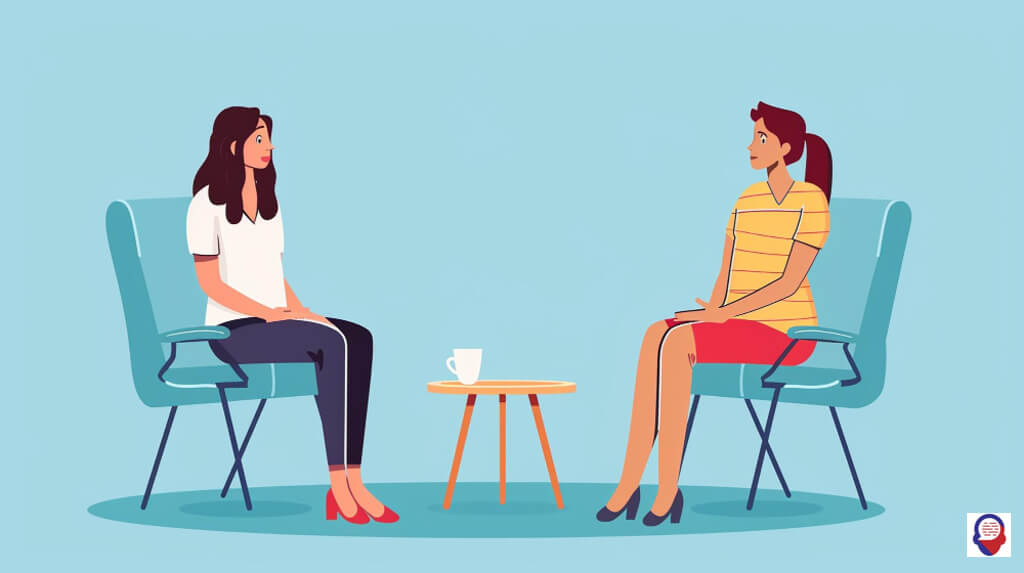
How long does family therapy usually take?
The duration of family therapy varies greatly and is tailored to each family’s unique circumstances, goals, and the complexity of the issues being addressed. For specific, well-defined problems, therapy might be relatively brief, perhaps lasting for 8 to 20 sessions. For families dealing with more deeply ingrained patterns, trauma, or severe conflict, the process may take a year or longer to achieve lasting change.
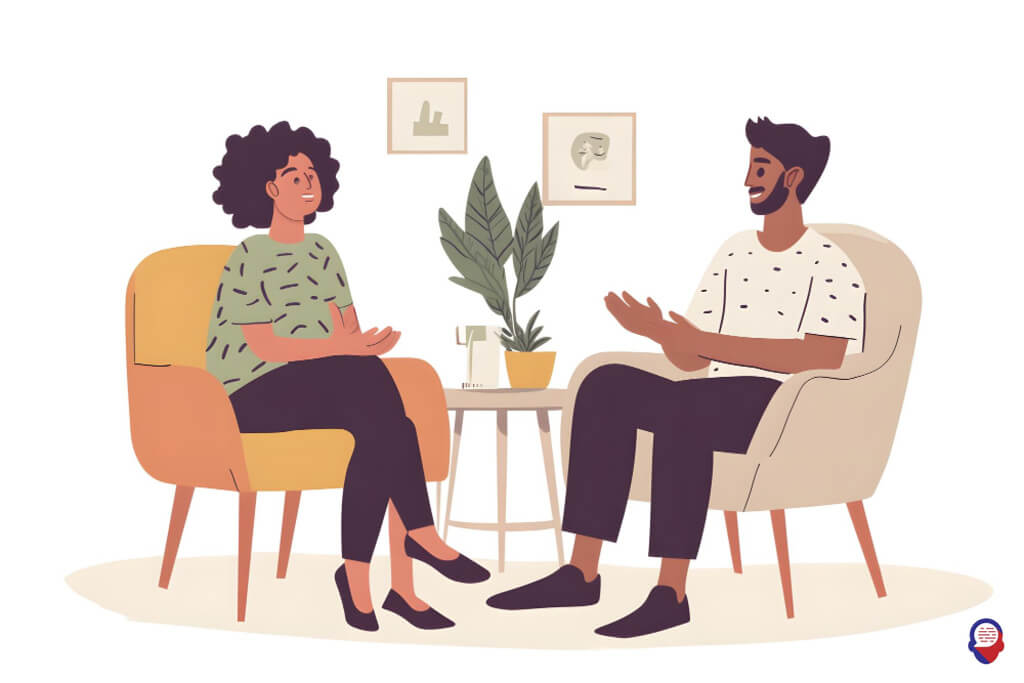
Is family therapy confidential?
Yes, confidentiality is a fundamental ethical and legal cornerstone of all forms of therapy. Your therapist is bound to protect your family’s privacy and cannot share what is said in sessions with outside parties, except in very specific circumstances mandated by law, such as the risk of imminent harm to yourself or others. The therapist will also work with the family to establish clear agreements about confidentiality among the members themselves, creating a trusted space for open communication.

How much does it cost?
The cost of family therapy can vary significantly based on several factors, including the therapist’s credentials and experience, the geographic location of the practice, and the length of the sessions, which are often longer than individual therapy sessions. It is essential to have a clear conversation about fees, payment policies, and any potential for insurance reimbursement with the provider before you begin.

What if we don’t like our therapist?
The quality of the relationship between your family and the therapist, often called the "therapeutic alliance," is one of the most significant predictors of success. It is vital that all members feel respected, understood, and comfortable. If, after a few sessions, the fit doesn’t feel right, it is perfectly acceptable and even wise to discuss this openly or to seek a different therapist who may be a better match for your family’s personality, style, and needs.
Your family’s story is still being written. If you are facing challenges that feel too big to handle alone, remember that seeking support is a sign of profound strength and commitment to one another. At Counselling-uk, we provide a safe, confidential, and professional place to help you navigate life’s complexities together. Connect with one of our qualified family therapists today and take the first step toward building stronger, healthier, and more resilient bonds.
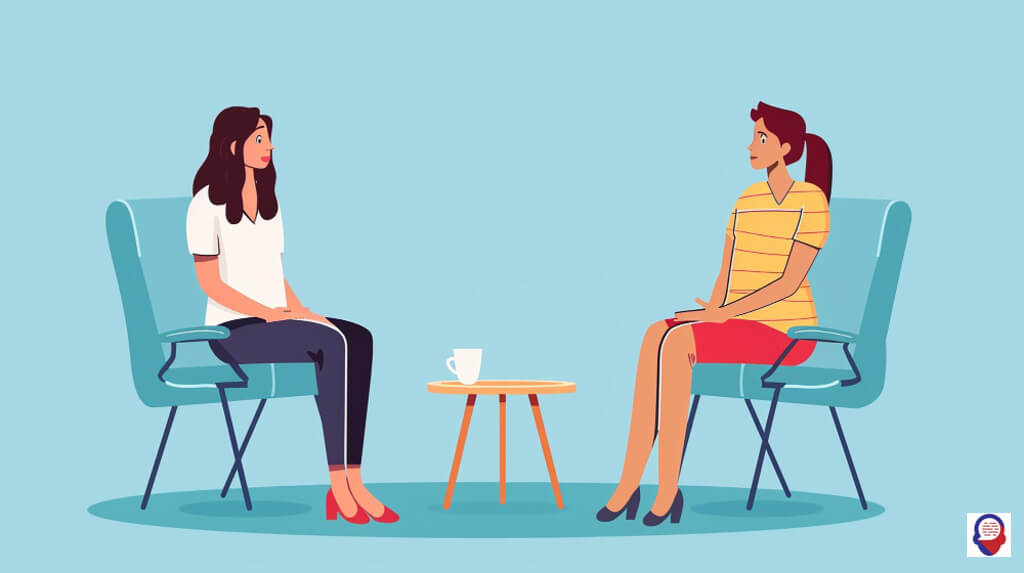

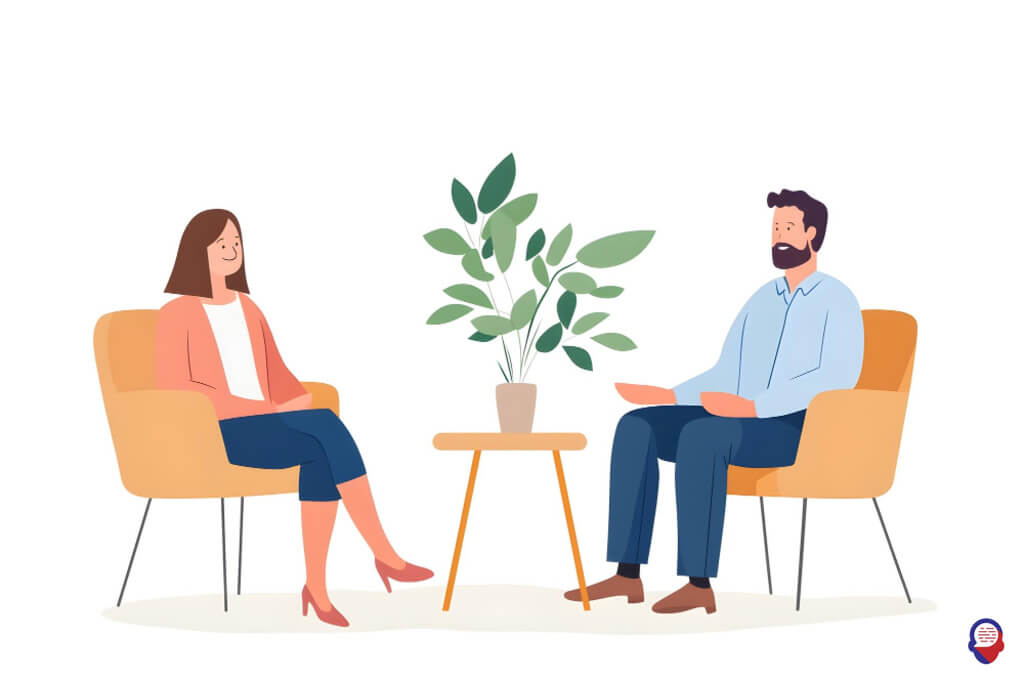


Encourage Open Communication: As a parent, you should actively encourage open communication with your child, both during and after family sessions. Talk about the topics discussed in the sessions and ask your child if there are any issues or problems they would like to discuss further outside of the therapy environment.The fourth stage is action, which represents when families have begun taking steps towards making changes in their lives and relationships. This could include attending therapy sessions regularly, doing homework assignments related to their therapy goals, or actively working on communication techniques with their family members outside of sessions.